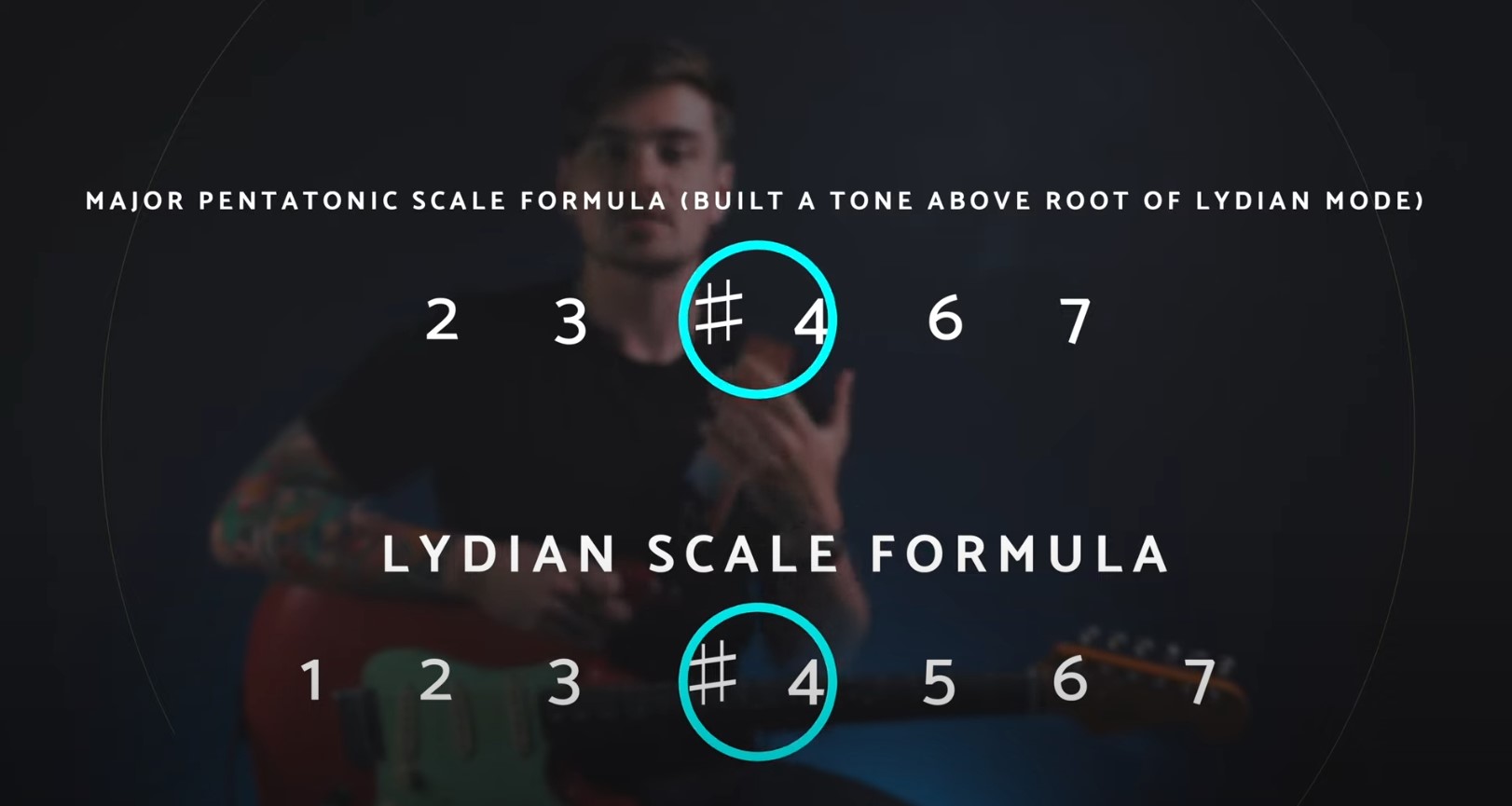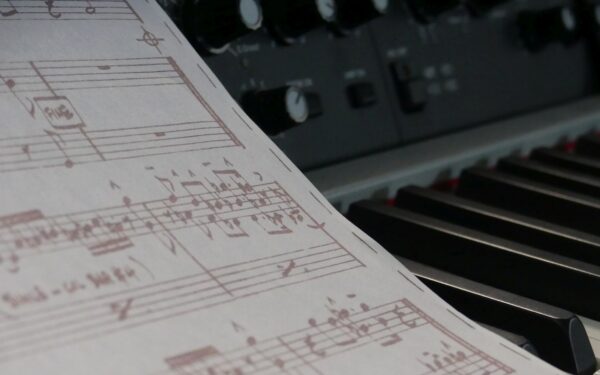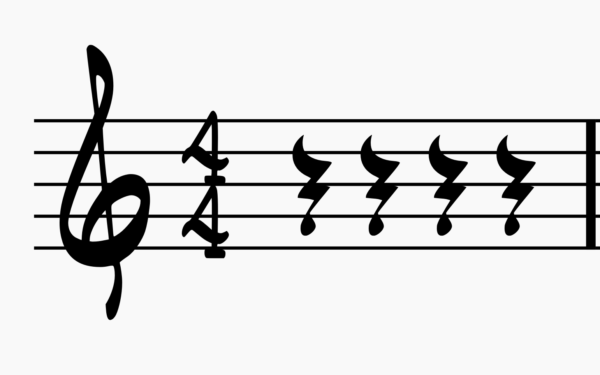Another Look at Pentatonic Scales and Modes

Today I stumbled upon Ross Campbell‘s video (see below), where he explains how you can use 3 different pentatonic scales on the Lydian mode.
If you don’t know Ross, check out his channel, he is an awesome teacher and guitar player. I had the pleasure to meet him some time ago, and he happens to be a very nice guy too!
In fact, this principle is actually applicable to any mode: you can always use 3 pentatonic scales on any mode of the major/minor scale system. Well, at least you always have 3 harmonically–compatible pentatonic scales. They may sound odd or nice depending on the context and your phrasing.
The Approach
This video reminded me of some work I did some time ago on the topic (article in French), but I remember having trouble to make it sound right at the time. Listening to Ross’ playing made me want to re-explore the topic in detail to find ways to make this sound right.
Here, we are taking the complete opposite approach from my previous article about pentatonic scales and modes: instead of keeping the same intervals and trying to fit them into the mode by altering them (and sometimes adding an extra note if it’s not in there), here we try to find all the pentatonic scales that will fit with the harmony of a mode (defined by its chord scale), regardless of its root. It is simply based on neighboring tones and the cycle of fifths. To make it short, you can always use the 3 pentatonic scales that are one 5th above and below the scale from which the mode is derived.
If you are a guitar player, it’s easy, it’s just the scales starting from the note from the string above or below the root note of the scale from which your mode is derived.
Example: as explained in the video, E Lydian is derived from B major. So you can use B Major, E Major (the note on the string after), and F# Major (the note on the string below) pentatonics.
If like me you remember the scales with patterns and cycles, it’s just a matter of going up or down one step in the cycle. Anyway, in the end I think it is more interesting to remember the intervals rather than scale positions, but sometimes a quick hack may help :-).
Pentatonic Scales and Modes: Formulas
Here is how it goes for all modes in E if you apply the approach proposed above. Each time you have a single scale that contains the characteristic note of the mode (in bold). As you can see, that’s not the pentatonic scale you are used to playing!
E Lydian (E7M11#)
- E Maj Pentatonics (C# minor) 1 2 3M 5 6
- B Maj Pentatonics (G# minor) 2 3M 5 6 7M
- F# Maj Pentatonics (D# minor) 2 3M 4+ 6 7M
E Major (E7M)
- A Maj Pentatonics (F# minor) 1 2 4 5 6
- E Maj Pentatonics (C# minor) 1 2 3M 5 6
- B Maj Pentatonics (G# minor) 2 3M 5 6 7M
E Mixolydian (E7)
- D Maj Pentatonics (B minor) 1 2 4 5 7m
- A Maj Pentatonics (F# minor) 1 2 4 5 6
- E Maj Pentatonics (C# minor) 1 2 3M 5 6
E Dorian (Em7 13)
- E minor Pentatonics 1 3m 4 5 7m
- B minor Pentatonics 1 2 4 5 7m
- F# minor Pentatonics 1 2 4 5 6
E Minor (Em7)
- A minor Pentatonics 1 3m 4 6b 7m
- E minor Pentatonics 1 3m 4 5 7m
- B minor Pentatonics 1 2 4 5 7m
E Phrygian (Em9b)
- D minor Pentatonics 2b 3m 4 6b 7m
- A minor Pentatonics 1 3m 4 6b 7m
- E minor Pentatonics 1 3m 4 5 7m
E Locrian (E dim)
- G minor Pentatonics 2 3m 5b 6b 7m
- D minor Pentatonics 2 3m 4 6b 7m
- A minor Pentatonics 1 3m 4 6b 7m
How To Use It?
Experiment and listen! As explained in previous article about pentatonic scales and modes, using these intervals instead of the good old minor and major pentatonic scales will open up your ears to new melodies and let you add colors to your improvisations.
Just be aware that since both the minor and major pentatonic scales have a tendency to resolve on their root (which is different from the root of the chord/mode here), it will sound very strange if you use your regular pentatonic licks. But that’s a good opportunity to get rid of them and learn new ones!
If you look at these options, you will find that many of them do not even contain the root note of the chord/mode (E). So you won’t be able to resolve and end your phrases on the root note, which is actually a pretty good exercise: that’s why these scales may sound a bit “suspended” compared to your usual pentatonic scales. And that’s what makes it a bit more challenging than the other approach that was based on a single root note.
You can however resolve on the other notes that are in the chord. For example, if you use the scale proposed by Ross in his video:
- F# Maj Pentatonics (D# minor) 2 3M 4+ 6 7M
The major third (and major 7th) are in the chord, so they can be used for resolution (but the resolution will be weaker than the root note). So it’s just a matter of finding new habits and playing brand new licks over these good old pentatonic scales.
How To Practice
I think the best way to practice it is to use a looper or backing track with just the chord of the mode and play slowly over it. Once you are familiar with the new scales, you can also use a backing track with only the root note, and switch from mode to mode upon your inspiration. And of course, practicing in many keys is recommended too!
Have fun!

